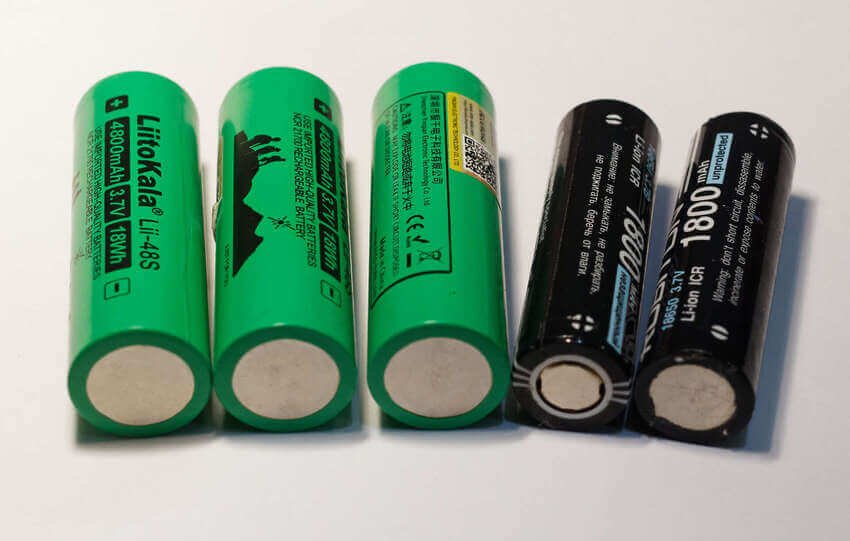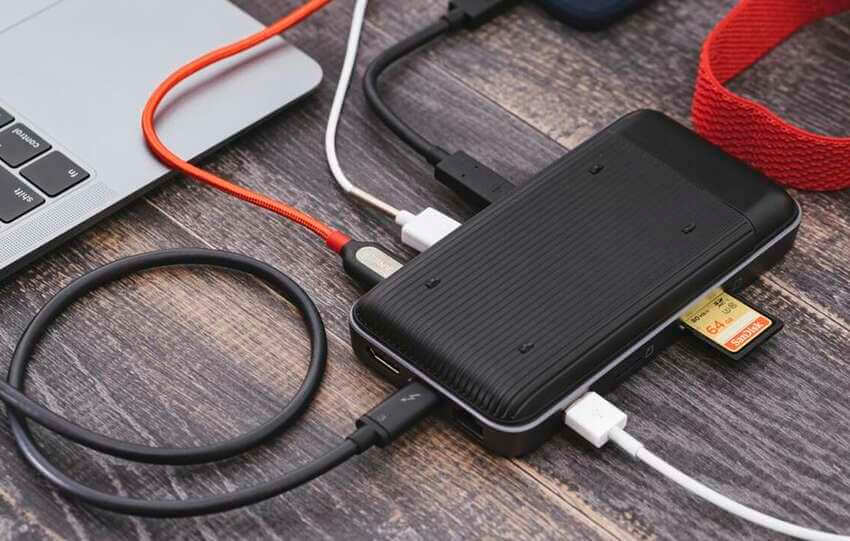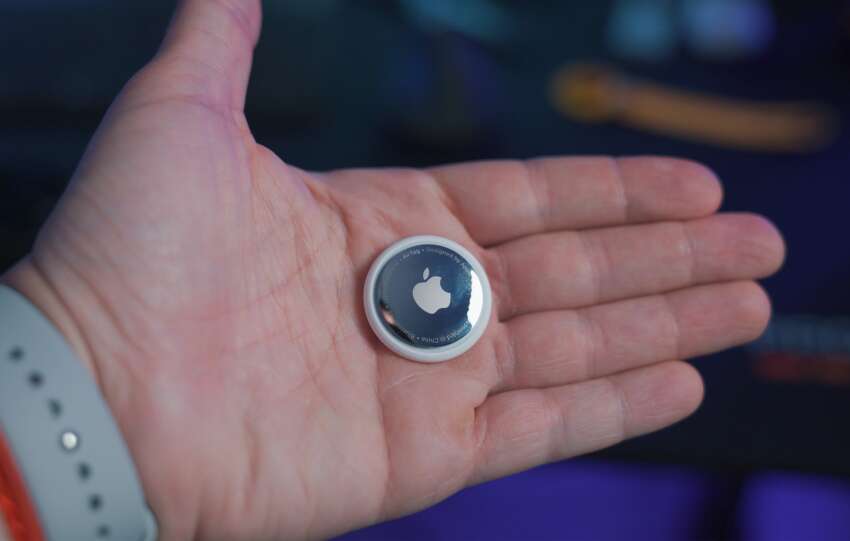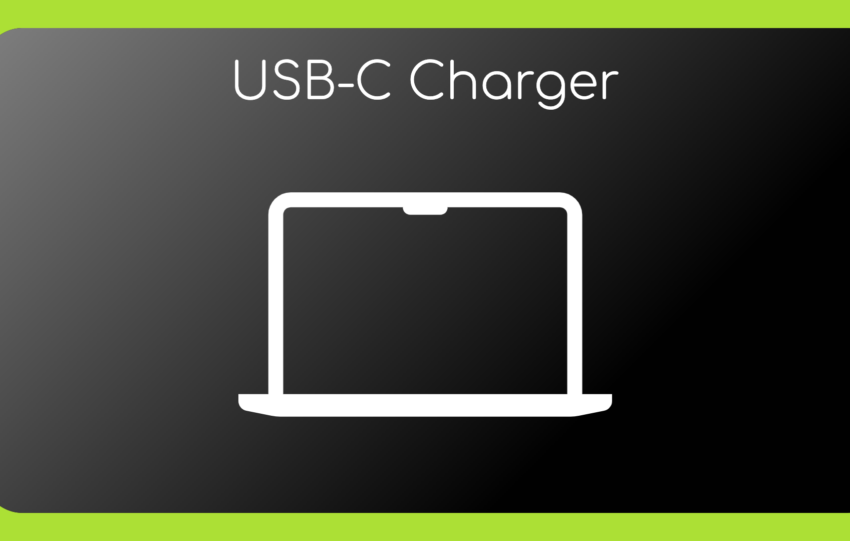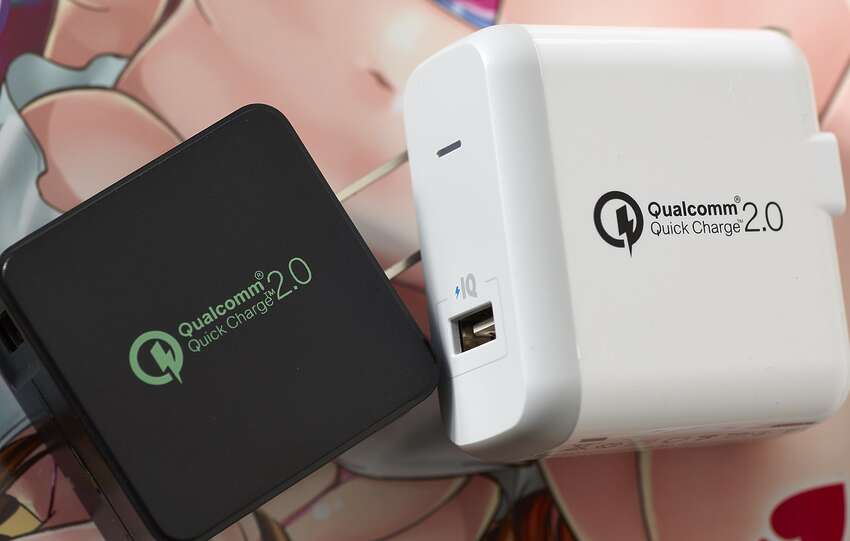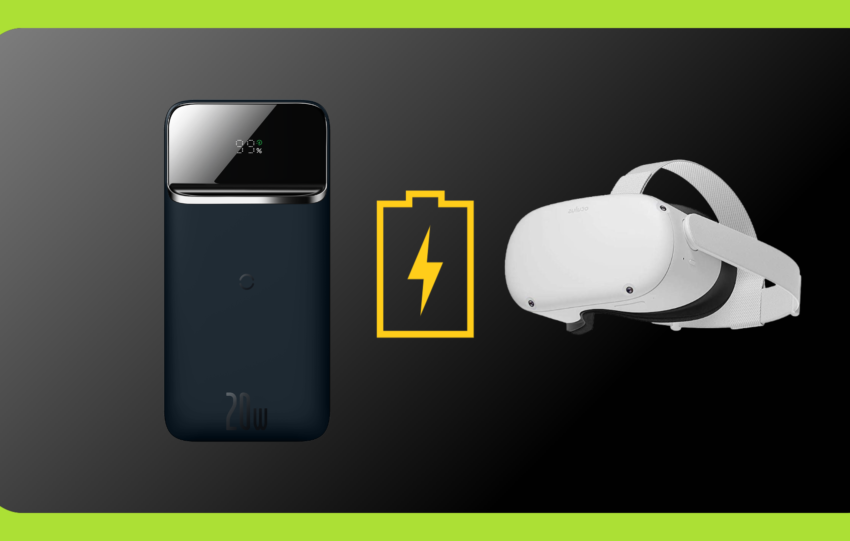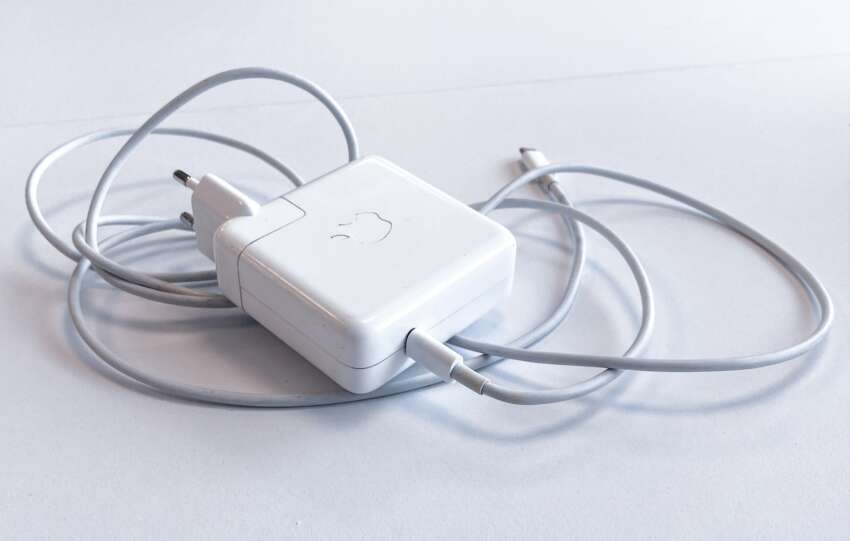Share This Article
There are different ways to check power bank battery levels. You can use the power bank’s own power indicator, or you can refer to the device your power bank is charging with.
Power bank indicators on devices like smartphones and tablets usually have a light that changes color depending on how much power remains in the battery.
This method is simple, but only works if your device has an indicator.
Some newer devices also have a built-in charger so you can simply plug it into a wall outlet to see how much charge is left in the battery.
As the level of battery power your power bank will have will vary depending on the model, age, and condition of the power bank. However, some tips that may help you check your power bank battery level include:
1. Check the battery symbol located on the front or back of the power bank – This symbol will indicate how much battery power is left in the power bank.
2. Check whether the power bank has a USB port – If your power bank does not have a USB port, you may not be able to charge it with a USB cable.
3. Use an external charger – If you do not have access to the battery pack’s USB port or if you want to charge it faster, you can use an external charger.external chargers are available in many retail stores and online retailers.
4. Charge the power bank overnight – If your power bank is not charging from a wall outlet or if its battery level is low, it may be better to charge it overnight using a dedicated charging cable.
How to Check Capacity (mAh) in Your Powerbank
To check the capacity (mAh) of your power bank, you can use a power bank tester. Some power banks have built-in testers, while others require that you purchase a separate tester.
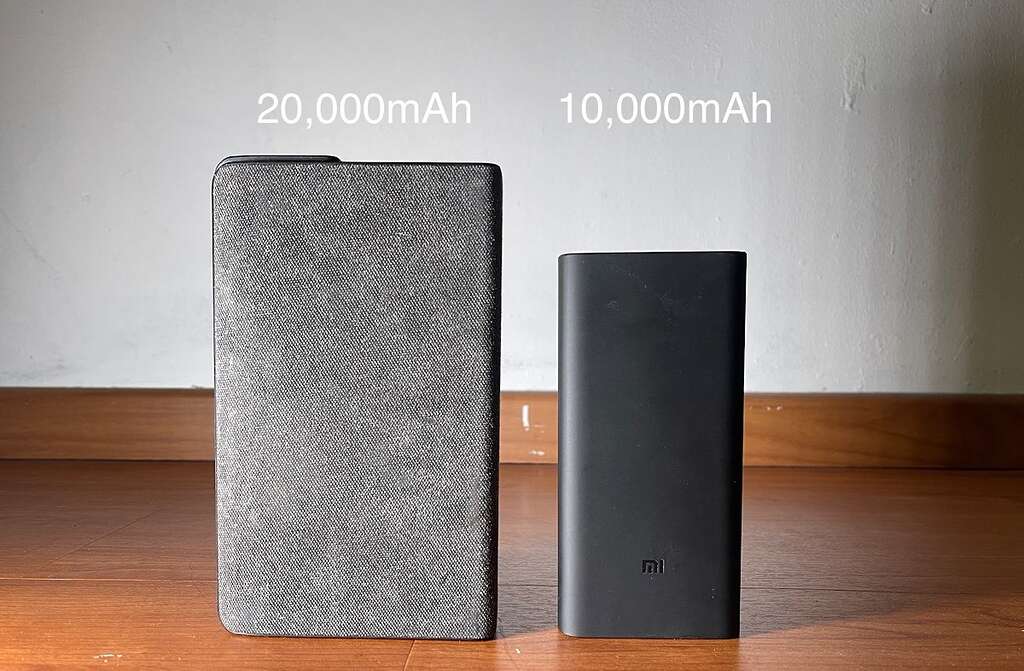
To check the capacity of your powerbank, you’ll need to charge it fully, then discharge it while measuring the voltage and current. You can do this with a USB power meter, or by using a multimeter to measure the voltage while the powerbank is discharging into a gadget.
To get a more accurate reading, you can discharge the powerbank into a USB power source, then calculate the capacity by multiplying the current (in amps) by the voltage.
So how do you test the actual capacity of a power bank?
To test the capacity of a power bank, you need to connect it to a USB device via a USB cable. Once connected, check the voltage and amperage of the power bank.
The capacity of your power bank is advertised in mAh (milliamp hours), so you need to multiply the voltage by the capacity to get the actual capacity. You can also download an app that will show you the capacity of your power bank.
Some may be capable of holding only a fraction of their stated capacity, while others may have much more.
To test the capacity of a power bank, you’ll need to do three things:
1. Charge the power bank to full capacity
2. Take readings from the power bank while it’s charging and while it’s being used
3. Compare the results
Why don’t they just state the actual output?
The output of a powerbank is usually advertised in milliamps (mAh) or watts (W). However, the actual output may be different from what is advertised. This is because the manufacturer may use a different conversion rate when advertising the powerbank.
For example, a powerbank with a 5v output may be advertised as having 3.7v. However, the actual output may be less than 3.7v.
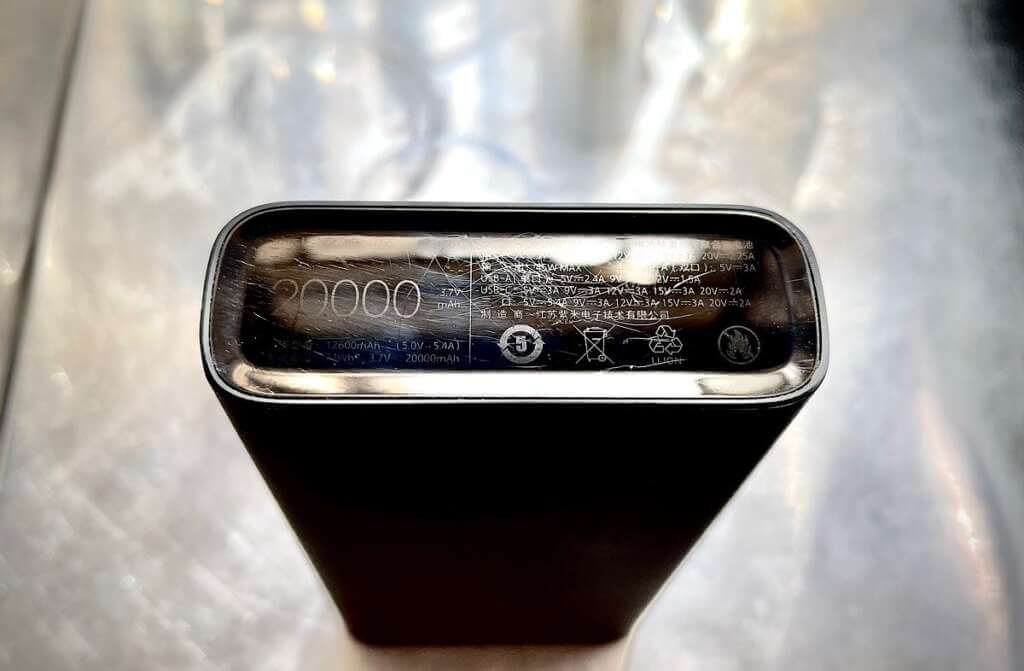
To get an accurate measurement of the output of a powerbank, it is best to check the manual or device specifications straight away. The manual or device specifications will state the battery capacity and the maximum discharge rate. These two factors will give you a more accurate measurement of the power bank’s output.
Another thing to keep in mind is that the advertised battery capacity may not be accurate. The capacity may be lower than what is advertised.
This is because the powerbanks use lithium-ion batteries which have a lower capacity when they are discharged at a high rate. So, when choosing a power bank, make sure to check the manual or device specifications for the accurate battery capacity.
What is conversion loss?
Power bank conversion loss is the amount of power that a power bank can’t convert to usable electricity due to insufficient battery capacity.
This is usually caused by a number of factors, such as low battery voltage, incorrect use (such as overloading the power bank), and insufficient insulation.
Conversion loss is the power lost when converting from one form of energy to another.
For example, when a powerbank converts 3.7v from a battery to 5v to charge a USB device, some of the battery power is lost in the conversion process.
How to calculate theoretical USB output
To calculate the theoretical USB output, you need to take the 5V power from the USB connection and convert it to 3.7V. This can be done by using a powerbank or by advertising the conversion on the website.
Each Power bank will have a different power bank theoretical USB output. To calculate the power bank theoretical USB output for a given device, you will need to first determine the device’s Ampacity and Voltage. Then, use the following equation to calculate the power bank theoretical USB output:
Power Bank Theoretical USB Output = (Ampacity * Voltage)
A 10,000 mAh power bank really only supplies 7,400 mAh
5V mAh = 3.7 X Advertised Capacity / 5 For a 10,000mAh power bank – 3.7 X 10,000 / 5 = 7,400 mAh So a 3.7V 10,000 mAh power bank really only supplies 7,400 mAh at the 5V USB connection.
How Do I Know When My Power Bank is Fully Charged?
When you plug in your power bank to charge, pay attention to the led lights. Usually, there will be a light that indicates when the power bank is charging and when it is fully charged.
When the power bank is done charging, the light will turn green or blue, indicating that it is fully charged.
Power bank care: usage tips & guidelines
A power bank is a handy gadget that can keep your devices charged when you’re on the go. Here are some tips on how to use and care for your power bank:
-When using your power bank to charge your device, make sure that the power bank is fully charged first.
-Be careful not to overcharge your device by leaving it connected to the power bank for too long. Once your device is fully charged, disconnect it from the power bank.
-If you’re not using your power bank for a while, make sure to recharge it every few months to keep the battery in good condition.
-When connecting your device to the power bank, be careful not to damage the circuit by inserting the USB connector in the wrong way.
-Check the manufacturer’s instructions for more information on how to use and care for your power bank.

